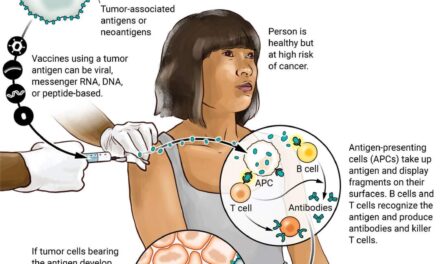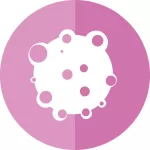New research paves the way for improved screening methods
Ovarian cancer, notorious for its elusive nature in early diagnosis due to vague symptoms and the absence of routine screening protocols, may soon face a formidable opponent. Groundbreaking research conducted by Joseph Reiner and colleagues at Virginia Commonwealth University in the United States has unveiled a promising urine-based test for detecting ovarian cancer, offering a glimmer of hope for earlier detection and improved survival rates.
Unlike cancers such as breast or colon cancer, ovarian cancer poses a unique challenge with its nonspecific symptoms, including constipation, bloating, and back pain, often leading to delayed diagnosis and poorer prognosis. The absence of routine screening exacerbates the issue, underscoring the urgent need for innovative detection methods.
Building upon previous studies revealing the presence of thousands of small molecules, or peptides, in the urine of individuals with ovarian cancer, Reiner and his team embarked on a quest to develop a more accessible and cost-effective approach to detect these biomarkers. Harnessing the potential of nanopore sensing, a cutting-edge technique capable of simultaneously identifying multiple peptides, they devised a novel method that holds promise for revolutionizing ovarian cancer diagnosis.
Nanopore sensing involves passing molecules through minuscule pores while monitoring changes in electrical current or other properties. In their innovative approach, Reiner utilized gold nanoparticles to partially block the nanopore, enabling peptides to adhere to the particles and generate distinctive electrical signatures, akin to unique fingerprints.
Their study, which analyzed 13 peptides, including those derived from the biomarker LRG-1 found in the urine of ovarian cancer patients, yielded promising results. Reiner highlighted the significance of these findings, emphasizing the potential of these peptide signatures to enhance early detection accuracy significantly.
“Clinical data shows a 50-75 per cent improvement in 5-year survival when cancers are detected at their earliest stages. This is true across numerous cancer types,” Reiner remarked, underscoring the profound impact of early detection on patient outcomes.
The ultimate goal of the research is to develop a comprehensive screening test that, when combined with existing diagnostic methods and clinical data, could revolutionize early-stage ovarian cancer detection. With an overall survival rate of only 35 per cent, the prospect of a more straightforward screening process offers a beacon of hope for patients and healthcare professionals alike, potentially heralding a new era in ovarian cancer management.











